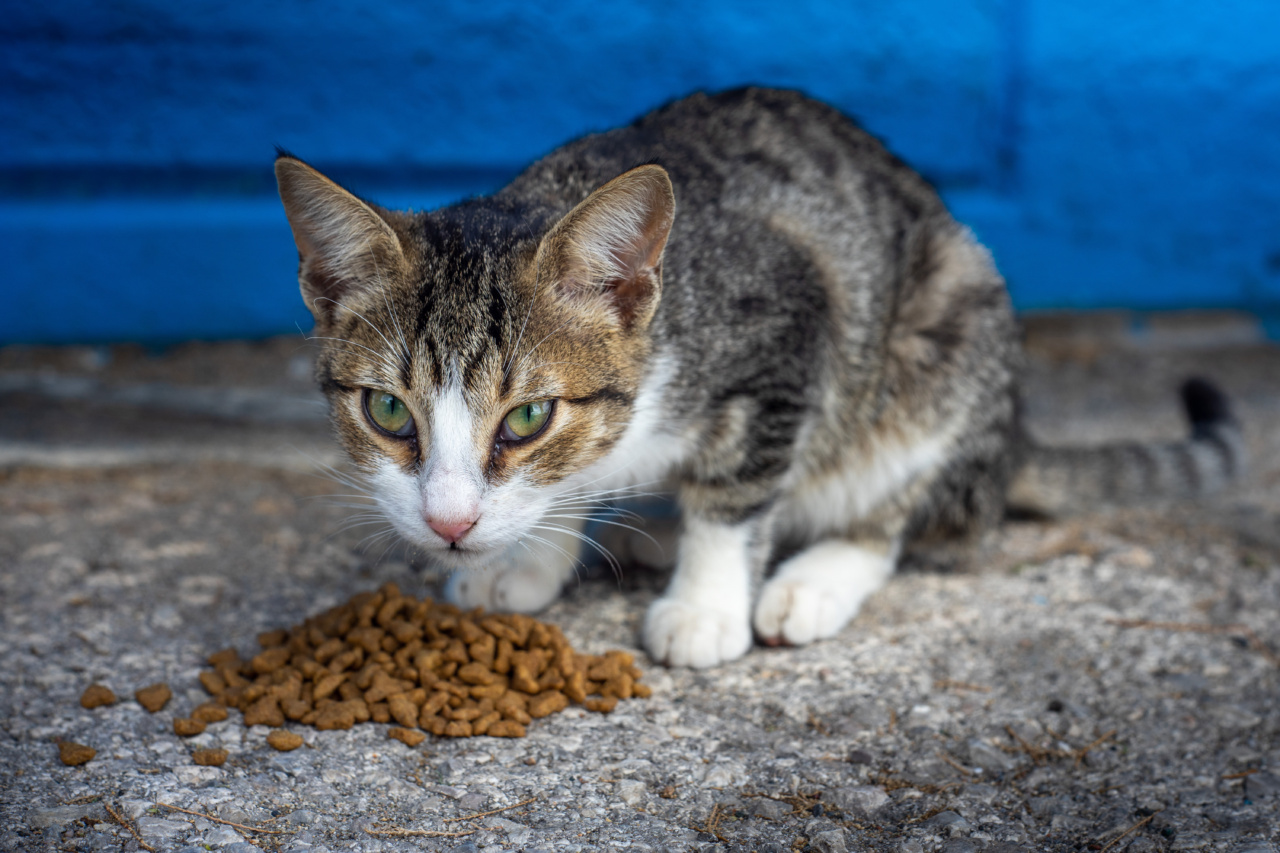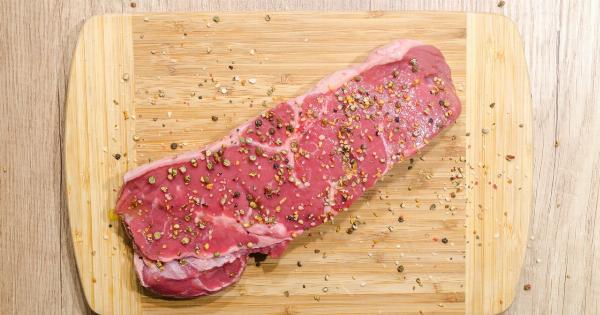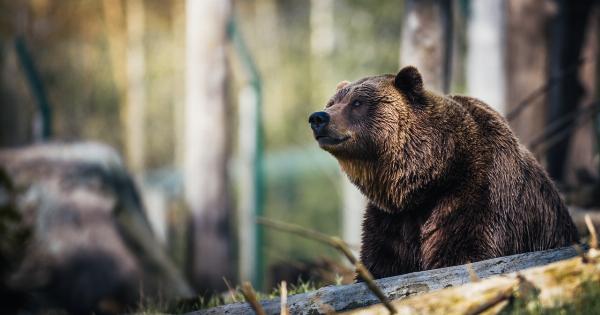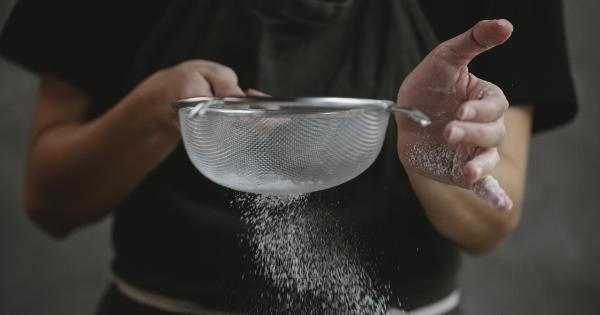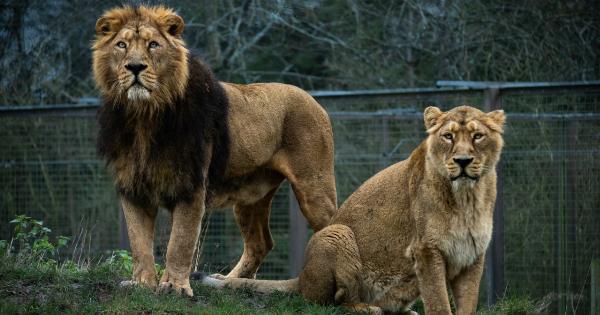If you’re a cat owner who’s interested in providing your furry friend with a healthier diet, you may be considering the switch to a raw food diet.
Raw feeding, also known as a “prey model” or “biologically appropriate” diet, involves feeding your cat a diet that mimics what they would naturally eat in the wild, including raw meat, organs, and bones.
Benefits of a Raw Food Diet
There are several benefits associated with feeding your cat a raw food diet:.
Improved Digestion
Raw food diets are easier for cats to digest because they contain fewer carbohydrates and more moisture than commercial cat foods. This can lead to better digestion, fewer hairballs, and better overall gut health.
Healthier Coat and Skin
Because raw food diets contain more nutrients and fewer fillers than commercial cat foods, they can help promote a healthier coat and skin. This can lead to fewer skin irritations and less shedding.
Stronger Immune System
A diet that’s high in nutrients can help strengthen your cat’s immune system, allowing them to better fight off illnesses and diseases.
Weight Management
Raw food diets can be helpful for cats that are prone to obesity or that need to lose weight. The diet is high in protein and low in carbohydrates, which can help promote a healthy weight.
Better Dental Health
Feeding your cat raw meat and bones can help keep their teeth clean and healthy. Chewing on bones can help remove plaque and tartar buildup, leading to better overall dental health.
How to Make the Switch to Raw Food
Before making the switch to a raw food diet, it’s important to consult with your veterinarian. They can help you determine if a raw food diet is appropriate for your cat and can provide guidance on how to make the switch safely.
Introduce the New Diet Gradually
When transitioning your cat to a raw food diet, it’s important to do so gradually. Start small by mixing a small amount of raw food in with your cat’s current food and gradually increase the amount over time.
Choose High-Quality Ingredients
When selecting raw food for your cat, choose high-quality ingredients from reputable sources.
Look for food that’s free from additives and preservatives and that contains a variety of different proteins, including muscle meat, organ meat, and bone.
Consider Supplementing
Some raw food diets may be deficient in certain nutrients, such as calcium or taurine. Consider supplementing your cat’s diet to ensure that they’re getting all of the nutrients they need.
Handle Raw Food Safely
Raw meat can contain harmful bacteria, so it’s important to handle it safely. Always wash your hands and any utensils or surfaces that come into contact with the raw food to avoid cross-contamination.
Getting Started with Raw Food
Making the switch to a raw food diet can be a great way to improve your cat’s health and overall well-being.
By taking the time to carefully transition your cat to the new diet and selecting high-quality ingredients, you can help ensure that they’re getting everything they need to thrive.
